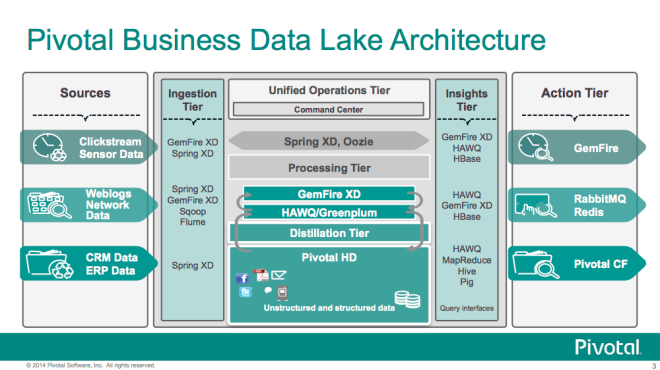Cross posted from The Pivotal POV Blog…
The latest release of GemFire XD, version 1.4 is now available for download. its biggest improvements include single hop inserts for 50% faster performance, and support for JSON document objects in SQL tables. This makes GemFire XD even better for write-intensive use cases, such as high-speed ingest. Also, now we can support use cases that need more schema flexibility to the otherwise well-defined relational structure of GemFire XD.






